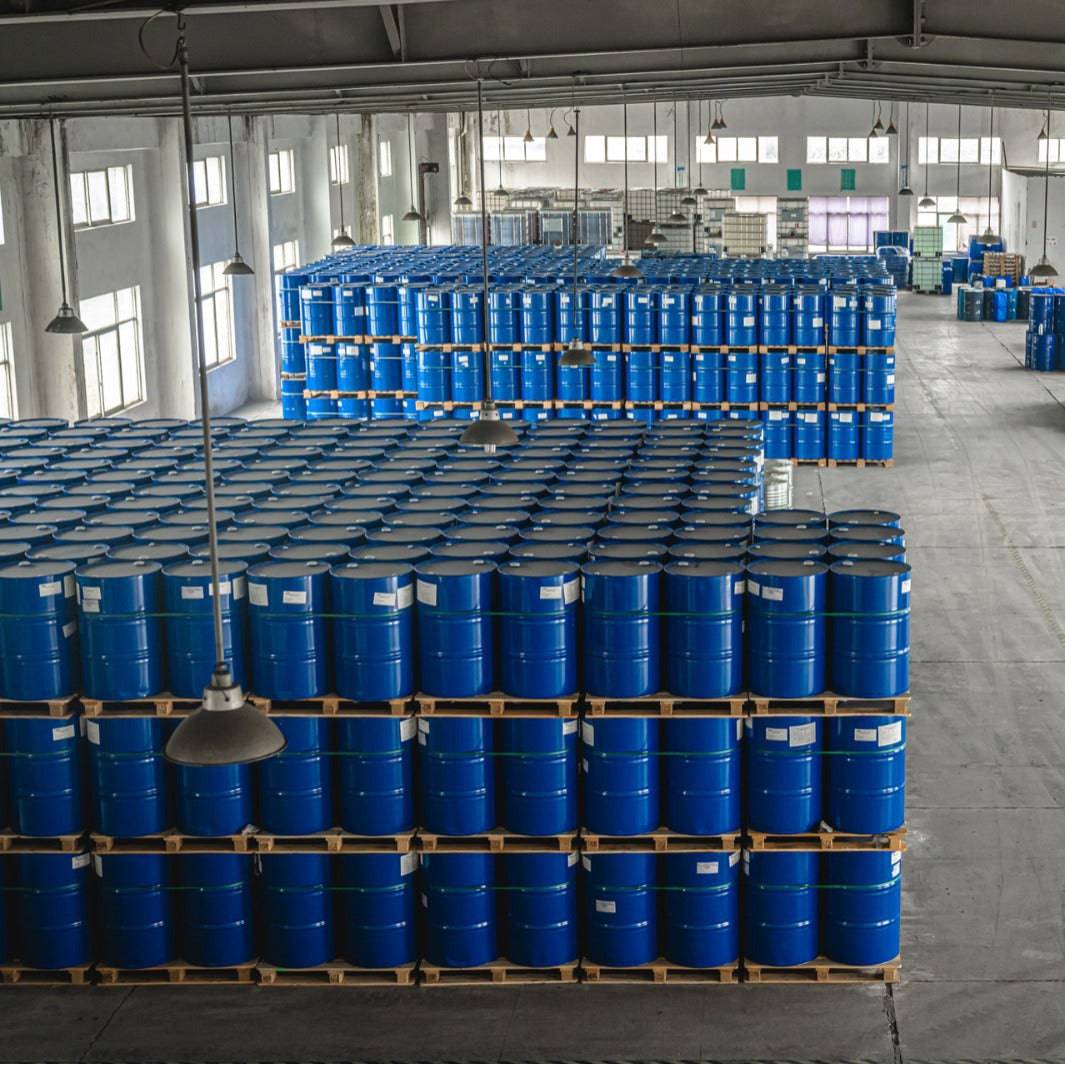Chemie Things To Know Before You Get This
Chemie Things To Know Before You Get This
Blog Article
Indicators on Chemie You Need To Know
Table of ContentsLittle Known Facts About Chemie.Not known Facts About ChemieTop Guidelines Of ChemieThe Of ChemieThe Facts About Chemie UncoveredNot known Facts About Chemie
By Bojanna Shantheyanda, Sreya Dutta, Kevin Coscia and David SchiemerDynalene, Inc. Fluid air conditioning, which can be accomplished utilizing indirect or direct means, is made use of in electronics applications having thermal power thickness that may exceed secure dissipation with air cooling. Indirect fluid cooling is where warmth dissipating digital components are physically divided from the fluid coolant, whereas in situation of direct air conditioning, the components remain in straight call with the coolant.Nonetheless, in indirect cooling applications the electrical conductivity can be vital if there are leaks and/or splilling of the fluids onto the electronics. In the indirect cooling applications where water based liquids with rust inhibitors are typically utilized, the electrical conductivity of the fluid coolant mainly depends upon the ion focus in the liquid stream.
The boost in the ion focus in a shut loop fluid stream may occur due to ion seeping from metals and nonmetal parts that the coolant fluid is in call with. Throughout procedure, the electrical conductivity of the fluid may boost to a degree which can be damaging for the cooling system.
The 7-Minute Rule for Chemie
(https://www.bitchute.com/channel/1zhJpASNsf9U)They are grain like polymers that are qualified of trading ions with ions in an option that it touches with. In today job, ion leaching examinations were done with numerous metals and polymers in both ultrapure deionized (DI) water, i.e. water which is treated to the greatest degrees of pureness, and reduced electrical conductive ethylene glycol/water mix, with the determined change in conductivity reported in time.
The examples were permitted to equilibrate at area temperature level for 2 days prior to videotaping the first electrical conductivity. In all tests reported in this research study fluid electrical conductivity was measured to a precision of 1% utilizing an Oakton CON 510/CON 6 series meter which was adjusted before each dimension.
What Does Chemie Mean?
from the wall surface heating coils to the center of the heating system. The PTFE sample containers were put in the furnace when steady state temperatures were reached. The test arrangement was eliminated from the heating system every 168 hours (7 days), cooled to area temperature with the electric conductivity of the fluid determined.
The electrical conductivity of the fluid example was checked for a total of 5000 hours (208 days). Schematic of the indirect shut loop cooling down experiment set-up. Elements used in the indirect shut loop cooling down experiment that are in call with the fluid coolant.

The Buzz on Chemie
During operation the liquid tank temperature level was maintained at 34C. The change in fluid electrical conductivity was kept an eye on for 136 hours. The fluid from the system was accumulated and kept. Likewise, shut loophole examination with ion exchange material was executed with the exact same cleaning procedures employed. The first electrical conductivity of the 230ml UP-H2O in the system determined 1.84 S/cm.

0.1 g of Dowex resin was contributed to 100g of fluid samples that was absorbed a separate container. The mixture was stirred and alter in the electrical conductivity at area temperature was determined every hour. The determined change in the electrical conductivity of the UP-H2O and EG-LC test fluids containing polymer or metal when immersed for 5,000 hours at 80C is shown Number 3.
The smart Trick of Chemie That Nobody is Talking About
Ion leaching experiment: Calculated adjustment in electric conductivity of water and EG-LC coolants including either polymer or steel examples when immersed for 5,000 hours at 80C. The results show that steels contributed fewer ions right into the fluids than plastics in both UP-H2O and EG-LC based coolants.
Fluids consisting of polypropylene and HDPE displayed the most affordable electric conductivity adjustments. This could be as a view it result of the short, rigid, linear chains which are less likely to add ions than longer branched chains with weak intermolecular pressures. Silicone likewise performed well in both examination fluids, as polysiloxanes are typically chemically inert because of the high bond power of the silicon-oxygen bond which would prevent degradation of the product right into the fluid.
The Only Guide for Chemie
It would certainly be anticipated that PVC would generate similar outcomes to those of PTFE and HDPE based upon the similar chemical frameworks of the materials, however there might be various other pollutants existing in the PVC, such as plasticizers, that may influence the electrical conductivity of the liquid - inhibited antifreeze. In addition, chloride teams in PVC can also leach right into the examination liquid and can create a boost in electric conductivity
Buna-N rubber and polyurethane showed signs of degradation and thermal disintegration which suggests that their possible energy as a gasket or adhesive material at higher temperatures could cause application problems. Polyurethane completely broke down right into the examination fluid by the end of 5000 hour examination. Number 4. Prior to and after photos of steel and polymer samples immersed for 5,000 hours at 80C in the ion leaching experiment.
Calculated adjustment in the electric conductivity of UP-H2O coolant as a function of time with and without resin cartridge in the shut indirect cooling loophole experiment. The gauged change in electrical conductivity of the UP-H2O for 136 hours with and without ion exchange material in the loophole is received Figure 5.
Report this page